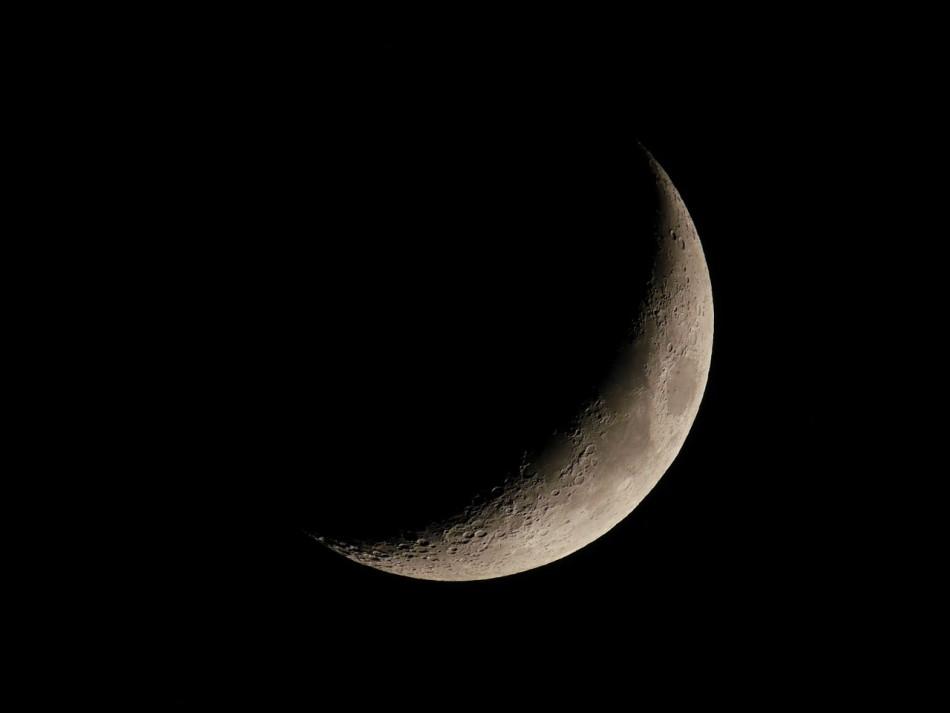The Chinese lunar rover Chang’e 4 has found what seems to be the first indication of minerals in the Moon’s mantle. The discovery was made by researchers from the National Astronomical Observatories at the Chinese Academy of Sciences.
 Minerals on the Moon
Minerals on the Moon
In early January, the Chang’e 4 lunar rover landed inside the Von Karman crater located on the far side of the Moon. The crater is one of the largest known impact structures in the entire solar system and was identified as an ideal place to look for lunar mantle material. Just like Earth, the Moon has a crust, mantle, and core. Scientists know that the crust is composed of aluminum silicate. What remains a mystery is the composition of the mantle. The previous Moon mission sent by the U.S. and Russian space agencies failed to provide any answers. This is why the Chang’e 4 lunar rover’s discovery is of vital importance.
The mission’s rover analyzed soil samples that contained fragments of the satellite’s upper mantle. “The soil tested by the visible and near-infrared spectrometer aboard the Yutu-2 rover shows patterns of light reflectance that indicate high levels of high-calcium pyroxene and olivine, two minerals found in many igneous and metamorphic rocks and long-hypothesized to make up the Moon’s mantle. Olivine, which is abundant in Earth’s mantle, has previously been difficult to find on the lunar surface,” according to Live Science.
The sample also showed trace amounts of high-calcium pyroxene, which is not seen on the lunar surface. Scientists theorize that they may represent deep-seated materials from the mantle. The researchers plan on collecting more samples from the Moon’s surface to strengthen the validity of their findings. Knowing how the Moon formed is critical in understanding some of Earth’s mysteries. The Moon is believed to have formed from the Earth.
It is believed that the Moon formed when a large-scale impact on Earth threw off some material into space. Initially, the Moon would have been an ocean of molten magma, where minerals would be separated by their density. The Moon has the same 3-layer structure as Earth, but does not face the complications of plate tectonics. Understanding how the Moon evolved can potentially throw some light on this mystery.
The Indian lunar rover mission
China’s neighbor India is gearing up for its second Moon mission. And this time, the Chandrayaan-2 lunar rover mission is aiming to find minerals on the Moon. Of particular interest is helium-3. The element is an isotope of helium and can potentially turn out to be the source of waste-free nuclear energy. According to estimates, one ton of helium-3 can cost up to $5 billion. The Moon is estimated to have 1 million tons of helium-3, which, if found, could power Earth for centuries without any major pollution concerns.
The Indian Space Research Organization (ISRO) understands this and wishes to be an early player in the potential market. “The countries which have the capacity to bring that source from the Moon to Earth will dictate the process. We don’t want to be just a part of them, we want to lead them,” ISRO chairman K Sivan said in a statement (First Post). Though we are yet to develop the technology to harness helium-3 properly, the mere discovery of an abundant mineable source would be welcome news.
The Chandrayaan-2 lunar rover mission is expected to be launched sometime between July 9 and July 16 this year and will possibly land on the Moon by September 6. The mission will include an orbiter, a lander, and a lunar rover. It will land on the south pole of the Moon.
Follow us on X, Facebook, or Pinterest


